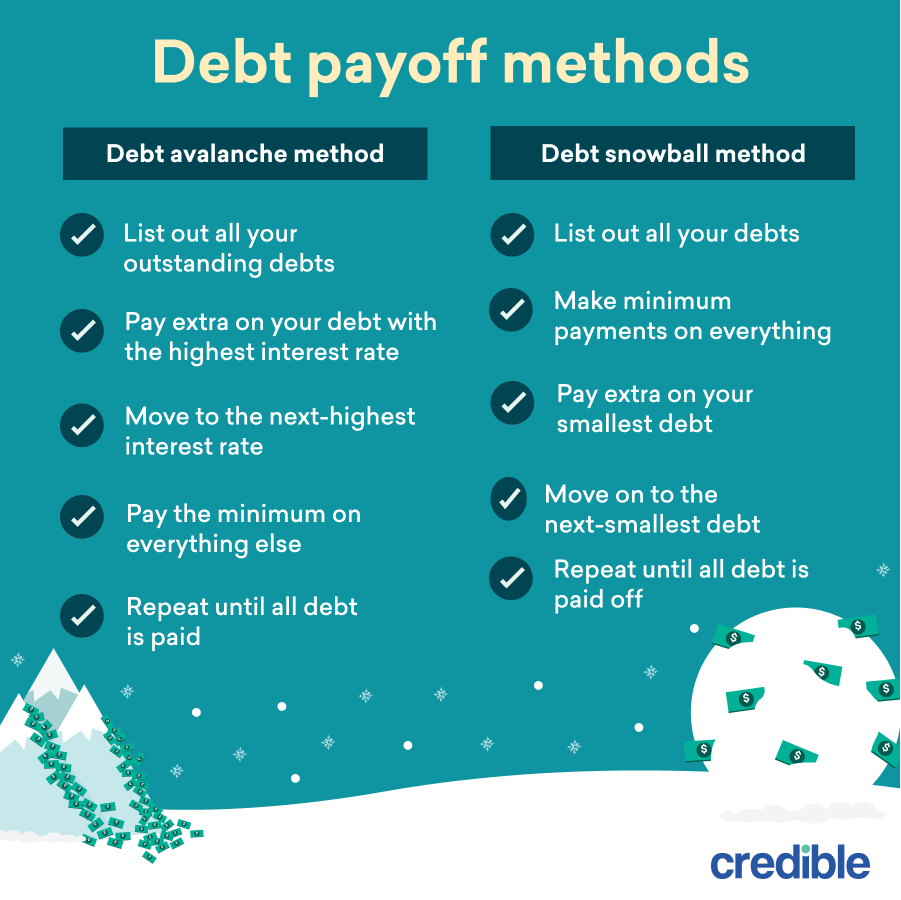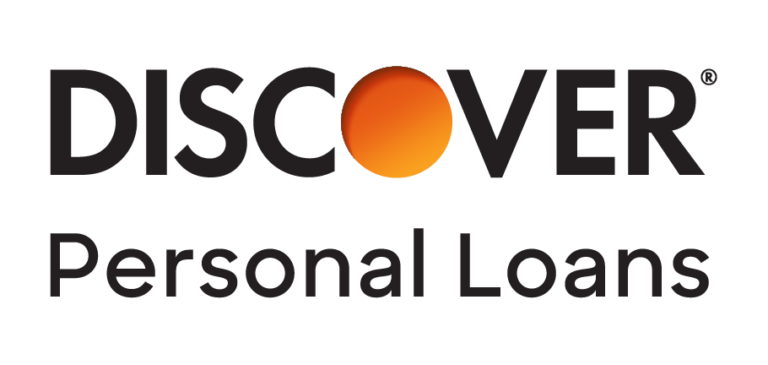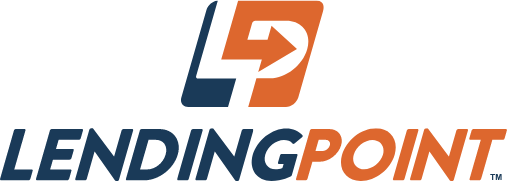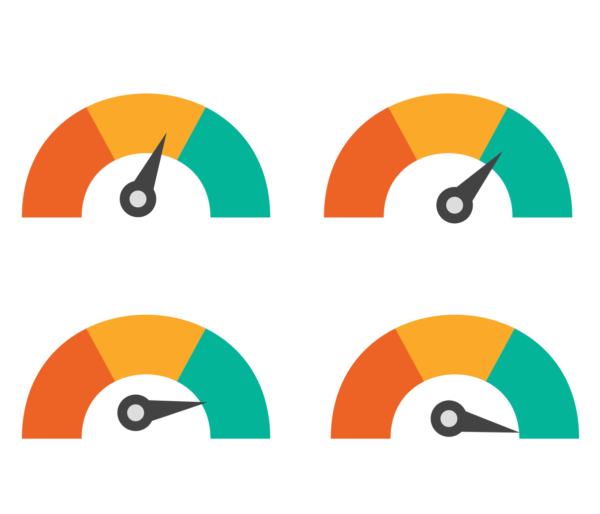Our goal is to give you the tools and confidence you need to improve your finances. Although we receive compensation from our partner lenders, whom we will always identify, all opinions are our own. Credible Operations, Inc. NMLS # 1681276, is referred to here as "Credible."
Your credit score is an integral part of your financial picture. It determines both whether you can borrow money and the interest rate you’ll be offered. It can even be a factor in determining whether you can rent an apartment or qualify for a job.
Because your credit score has such a significant impact on your finances, you may find situations where you need to boost your credit score quickly.
It’s important to know what factors impact your credit score and how improving them can boost your score quickly.
Here’s what you need to know about building your credit score:
- Levers You Can Pull to Build (or Rebuild) Your Credit
- How to Build Credit in 11 Steps
- Frequently asked questions
Levers you can pull to build (or rebuild) your credit
Your credit score is an indicator to lenders of how responsibly you use credit and manage debt.
It’s largely determined by five key factors: your payment history, amounts owed, length of credit history, credit mix, and new credit. Some factors are more important than others, and the best way to maintain a healthy credit score is to improve all five factors
| Factor | Percent of score | Definition | Tip |
|---|---|---|---|
| Payment history | 35% | How consistently you’ve paid your bills on time | Make on-time payments to avoid delinquency |
| Amounts owed | 30% | The percentage of your available credit you’re using | Use a small percentage of your credit and increase your credit limits |
| Length of credit history | 15% | The age of your oldest account, the age of your newest account, and the average age of your credit history | Don’t close old, paid-off accounts, and be thoughtful about opening new lines of credit |
| Credit mix | 10% | The types of credit you have open, including credit cards, installment loans, mortgages, and more | Diversify your borrowing with different types of credit |
| New credit | 10% | New inquiries for credit that appear on your credit report | Avoid applying for multiple credit cards or loans within a short period |
How to build credit in 11 steps
If you find that your credit score needs some work, here are 11 ways to build your credit fast and effectively.
1. Become an authorized user
- Best if: You have bad or no credit and have a friend or family member with good credit willing to add you to their account.
- Effectiveness: High
- Effort: Low
If you have a spouse, parent, partner, or trusted friend who has excellent credit, consider asking them if you can become an authorized user on their credit card. As an authorized user, you’ll get credit for the account but won’t be responsible for the charges.
Most major credit card issuers will report your authorized user status to the three main credit bureaus (Experian, Equifax, and TransUnion), but it’s a good idea to double-check that they do. Otherwise, this method won’t improve your credit score.
For example, a parent adds a teenager to their card as an authorized user with the understanding that the card can only be used for emergencies and that they must pay back the charges. On the other hand, spouses who share finances may add each other as authorized users and freely use each others’ credit accounts.
By coming to an agreement beforehand, you can avoid straining your relationship with the primary cardholder.
2. Get a secured credit card
- Best if: You have poor or no credit and don’t have the option of being added as an authorized user on someone else’s credit card.
- Effectiveness: High
- Effort: Medium
Unlike a traditional credit card that requires no collateral, you’ll need to provide a deposit to open a secured credit card — this deposit amount will be your credit limit. Because there’s less risk to the lender, you might have an easier time qualifying for a secured credit card with poor or no credit compared to an unsecured credit card.
You can use a secured card as you would use a traditional credit card: making purchases against your credit limit and paying them off. If you make your payments on time, you can build a positive payment history and improve your credit.
Additionally, some credit card companies will let you switch your secured card to a regular credit card and get your deposit back after making on-time payments for a certain period of time.
The best way to avoid paying interest is to pay off your card by the due date each month and avoid carrying a balance.
Learn More: Getting a Loan with No Credit: 5 Loans for New Borrowers
3. Apply for a credit-builder loan or secured loan
- Best if: You don’t have good credit or are starting over completely after a financial crisis like bankruptcy.
- Effectiveness: High
- Effort: Medium
Credit-builder loans and secured personal loans can be used to help you establish your credit score by building a positive payment history, similar to a secured credit card.
These loans are offered by several traditional banks, credit unions, and online lenders. Credit-builder and secured loans are generally quite small, usually $1,000 or less.
Here’s how they work:
- Credit-builder loans: With this type of loan, you’ll make payments that are deposited into a dedicated savings account. Once the repayment period is over, you’ll get your money back minus any interest or fees.
- Secured personal loans: This kind of personal loan requires you to provide collateral that will secure the loan, such as jewelry, machinery, or another item of value. The money you borrow can be used for almost any purpose. But if you’re taking out the loan to build credit, it might be a good idea to stash the money away instead and simply repay the loan over time. This way, you won’t run the risk of losing your collateral if you can’t make payments.
4. Find a cosigner with good credit
- Best if: You have a trusted friend or family member with good to excellent credit who’s willing to cosign a loan with you.
- Effectiveness: High
- Effort: Medium
If getting a secured credit card or loan doesn’t seem right for you, another option to consider is applying for a credit card or loan with a cosigner.
A cosigner can be anyone with good credit — such as a parent, other relative, or trusted friend — who’s willing to apply for and share responsibility for the loan with you.
Having a cosigner could improve your chances of getting approved for a loan if you have poor or no credit. Even if you don’t need a cosigner to qualify, having one could help you get a better interest rate than you’d get on your own.
Check Out: How to Consolidate Bills Into One Payment
5. Get credit for paying your rent and other bills
- Best if: You don’t have many bills or loans that are being reported on your credit history and don’t mind paying a small fee.
- Effectiveness: Depends on your rent payment history
- Effort: Medium
Rent payments aren’t typically included in your credit report, which means they aren’t factored into your credit score. But several services can help you get credit for these payments, such as Experian RentBureau, Rental Kharma, or RentTrack.
By having your rent payments reported to the credit bureaus, you could improve your payment history and potentially boost your credit score.
6. Request and learn how to review your free credit reports
- Best if: You haven’t been regularly checking your credit history.
- Effectiveness: Depends on the contents of your credit report
- Effort: High
An important step to improving your credit score is knowing what’s on your credit report. It’s a good idea to regularly review your credit reports from each of the three credit bureaus.
You can request these reports by visiting AnnualCreditReport.com, where you can currently get free weekly credit reports. When you request your reports, you’ll enter your personal information, indicate which credit bureaus you’d like to see your credit report from, and receive your reports.
Your credit report will show you all of your accounts, including your payment history, missed payments, the date each account was opened, and your account balances.
Your report will also show any new credit inquiries within the past two years. You may have many soft inquiries, which happen when a lender checks your account for preapproval or prequalification offers. A hard inquiry, on the other hand, often accompanies an application for a new credit account.
Other items that may appear on your credit report include bankruptcies from the past 10 years, unpaid child support or alimony, and collections accounts.
7. Monitor and dispute errors on your credit report
- Best if: You have multiple loans or credit lines to keep track of.
- Effectiveness: High
- Effort: High
It’s wise to regularly review your credit report to catch errors that might be damaging your credit score.
If you check your credit reports and find any errors, such as incorrect late payments or charge-offs, be sure to dispute them with the appropriate credit bureaus to potentially boost your credit score. All three credit bureaus allow you to dispute errors via telephone, mail, or online.
When disputing a credit report error, be prepared to provide documentation to help the credit bureau investigate your claim. Such documentation can include a billing statement, a letter from the creditor or IRS, or a canceled check or money order proving payment.
A company that finds it has reported inaccurate information to the credit bureaus is required to notify all three credit bureaus of the correct information. However, it may be worth disputing the information yourself with all three bureaus to ensure it’s removed from your report.
Check Out: Personal Loans With 550 Credit Score: Can I Get One?
8. Ask to raise your credit limit
- Best if: You have a long history with your credit card issuer.
- Effectiveness: High
- Effort: Low to medium
One of the major factors of your credit score is your credit utilization ratio, which is the amount you owe on revolving credit lines (such as credit cards) compared to your total credit limits. For example, if you have one credit card with a $1,000 limit and a balance of $500, you have a credit utilization of 50%.
To lower your credit utilization, ask your card issuer to increase your credit limit. In general, card issuers are friendlier to requests from longtime customers who have good credit and pay their bills on time. They might also accept the request if you can show an improvement in your credit.
Keep in mind that the card issuer might perform a credit check to see if you qualify for the increase.
9. Pay down existing debt
- Best if: You have multiple debts and can afford to make extra payments.
- Effectiveness: High
- Effort: Depends on amount of debt
Another possible way to build your credit is by paying down your existing debt. For example, if you reduce your balances on credit cards or lines of credit, you could improve your credit utilization and boost your credit score.
This might also help you lower your debt-to-income (DTI) ratio — the amount you owe in monthly debt payments compared to your monthly income. While your DTI ratio doesn’t impact your credit score, having a low ratio could make it easier to access credit in the future.
Here are a couple of payoff strategies to consider:
- Debt avalanche method: With this method, you’ll focus on paying off your debt with the highest interest rate first. This option could be a good way to save money on interest charges, but it could take a while to see results.
- Debt snowball method: If you use this method, you’ll work to repay the smallest loan first. This could be a good choice if you’re motivated by small wins, though you’ll likely save less on interest charges compared to the debt avalanche method.

Check Out: How Debt Consolidation Loans Can Help Your Credit Score
10. Pay your bills on time
- Best if: You’re a credit newbie or credit veteran.
- Effectiveness: High
- Effort: Low to Medium
Your payment history is the largest component of your credit score, which is why it’s critical to make consistent on-time payments to see an improvement in your score.
One way to avoid missing payments is by setting up automatic payments, either through the company or through your bank. Some companies and lenders even offer a discount to customers who enroll in autopay.
11. Consider a debt consolidation loan
- Best if: You have multiple debts with high interest rates.
- Effectiveness: Depends on how you manage your loan
- Effort: Medium
Debt consolidation is the process of taking out a personal loan to pay off multiple types of debt, leaving you with just one loan and payment to manage. Depending on your credit, you might qualify for a lower interest rate than what you’re currently paying.
Taking out a debt consolidation loan might also help your credit in the long run — for example, if you make on-time payments or are able to diversify your credit mix with a personal loan.
If you’re thinking about getting a debt consolidation loan, here are some pros and cons to consider first:
| Pros | Cons |
|
|
Learn More: 3 Steps to Get a Debt Consolidation Loan for Bad Credit
Lenders that offer debt consolidation loans
If you decide to take out a personal loan for debt consolidation, be sure to consider as many lenders as possible to find the right loan for your needs.
Here are Credible’s partner lenders that offer debt consolidation loans to borrowers with bad credit:
| Lender | Fixed rates | Loan amounts | Min. credit score | Loan terms (years) | Check Rates |
|---|---|---|---|---|---|
 | 9.95% - 35.99% APR | $2,000 to $35,000** | 550 | 2, 3, 4, 5* | |
|
|||||
 | 8.99% - 35.99% APR | $2,000 to $50,000 | 600 | 2, 3, 4, 5 | |
|
|||||
 | 7.99% - 24.99% APR | $2,500 - $40,000 | 660 | 3, 4, 5, 6, 7 | |
|
|||||
 | 8.95% - 17.48% APR | $3,000 to $40,000 | 640 | 2, 3, 4, 5 | |
|
|||||
 | 9.06% - 35.99% APR | $1,000 to $40,000 | 660 | 3, 5 | |
|
|||||
 | 7.99% - 35.99% APR | $2,000 to $36,500 | 660 | 2, 3, 4, 5, 6 | |
|
|||||
 | 18.0% - 35.99% APR | $1,500 to $20,000 | 540 | 2, 3, 4, 5 | |
|
|||||
 | 11.69% - 35.99% APR7 | $1,000 to $50,000 | 560 | 3, 5 | |
|
|||||
 | 9.99% - 35.99% APR | $1,000 to $50,000 | 600 | 2, 3, 5, 6 | |
|
|||||
 | 7.8% - 35.99% APR4 | $1,000 to $50,0005 | 620 | 3 or 5 years4 | |
|
|||||
Frequently asked questions
Here are the answers to a few commonly asked questions about building credit:
How are credit scores calculated?
Your credit score is calculated based on several factors from your credit report. Here are the components included in your score and what percentage of your score they make up:
- Payment history: 35%
- Credit utilization: 30%
- Length of credit history: 15%
- Credit mix: 10%
- New credit: 10%
How can I build my credit if I have no credit?
A couple of ways to begin establishing a credit history include:
- Becoming an authorized user. If someone with good credit adds you to their credit card account, you can benefit from their good credit habits without even needing to use the card.
- Taking out a credit-builder loan. These loans are generally geared toward borrowers with poor or no credit and can be a good option for building a positive payment history. Plus, after you pay off the loan, you’ll get your payments back minus any interest or fees.
How can I raise my credit score in 30 days?
Whether you can raise your credit score in 30 days will mainly depend on where you’re starting.
- If you have no credit, you might be able to establish a credit history and score by becoming an authorized user on a credit card account or by making payments on a loan, such as a credit-builder loan.
- If you have bad credit, it might take longer to repair it, depending on what damaged your score in the first place. For example, rebuilding your credit after bankruptcy will likely be a slower process compared to if you missed a single payment.
How can I increase my credit score by 100 points in one month?
While there’s no guarantee that you can increase your credit score by 100 points in just one month, some strategies could lead to higher jumps than others.
For example, paying down a significant portion of existing debt or improving your payment history could both have a major impact on your score — though it will likely happen over time.
What is the fastest way to build my credit?
The fastest way to build credit will vary depending on what’s already on your credit report — for example:
- If you’re building credit from scratch, becoming an authorized user on someone’s card with excellent credit or taking out a credit-builder loan could be a fast way to establish a positive payment history and good credit score.
- If you already have a few credit accounts, paying off your balances could be a quick way to improve your score.
- If you have several negative records on your report, focusing on establishing healthy credit habits, like on-time payments, and disputing any errors could be the fastest way to rebuild your credit.
Erin Gobler contributed to the reporting for this article.






We encourage you to provide honest and thorough feedback about your experience (not the experiences you’ve heard from other people), the good as well as the bad. But, we also want you to follow these content guidelines. The comments or responses that Credible posts under its official account are not provided, reviewed or endorsed by any of the financial institutions unless specifically stated otherwise in the response. Please keep in mind that the financial institution has no obligation to monitor any comments, questions or reviews you post and is therefore not responsible for ensuring your posts and/or questions are answered.